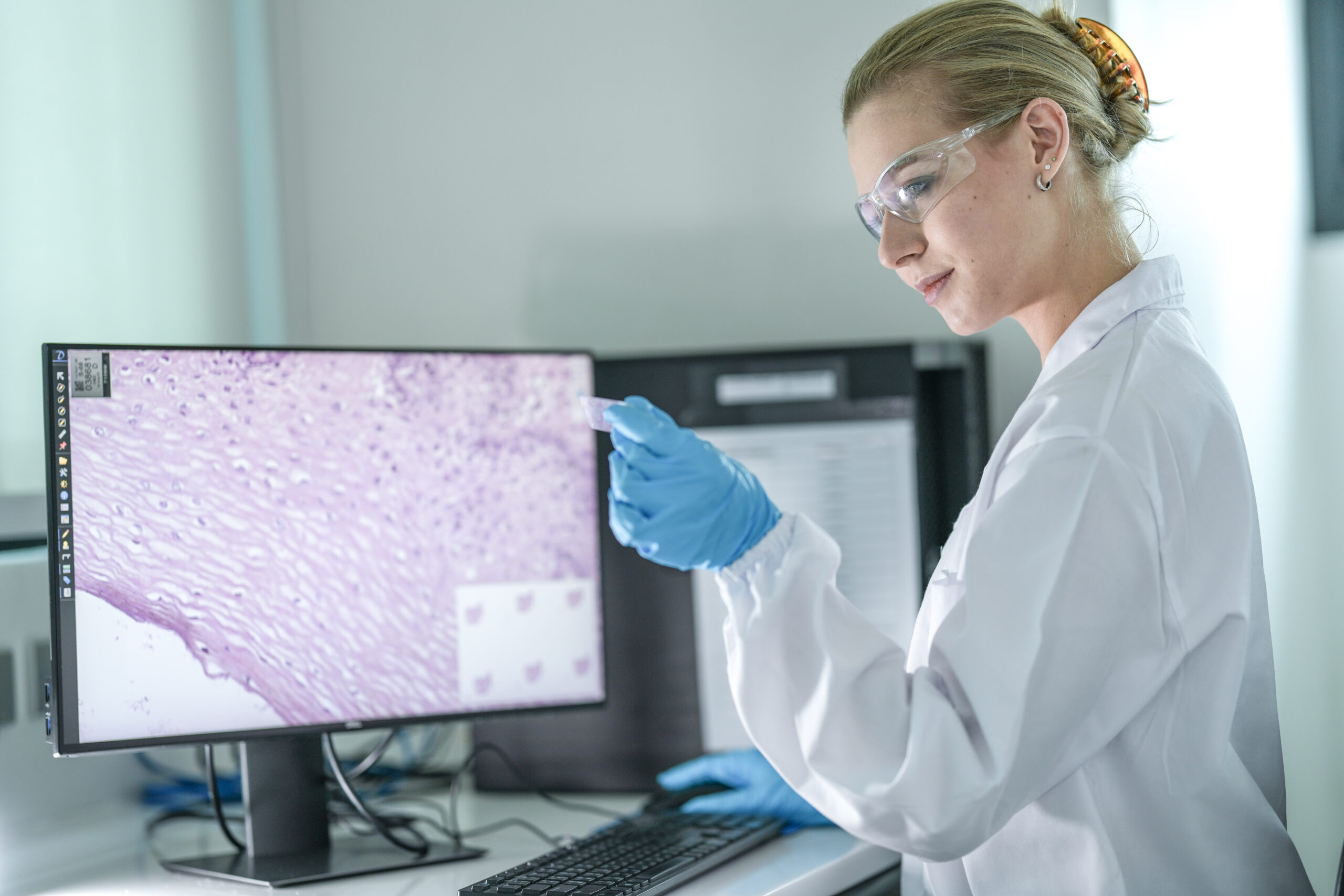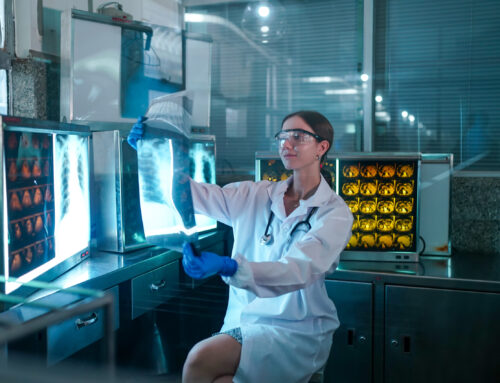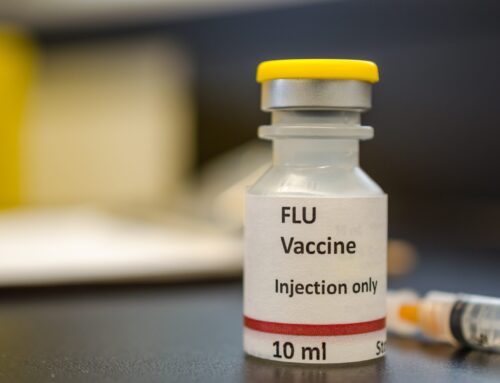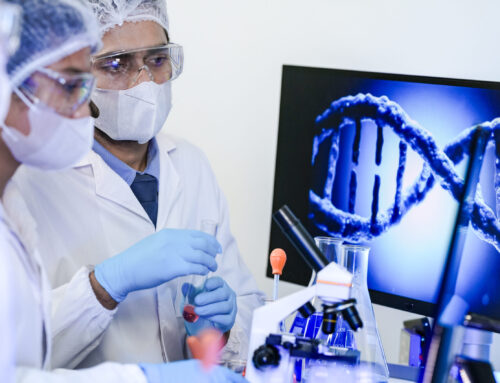TL;DR: Over the past ~25 years colorectal cancer (CRC) incidence has increased substantially in adults under 50 (often called early-onset CRC or EO-CRC). The trend is likely multifactorial — driven by changes in diet and obesity, microbiome perturbations (including emerging evidence implicating bacterial genotoxins), antibiotic exposure, sedentary behavior, and environmental exposures — with a minority explained by known hereditary syndromes. The rise has important implications for awareness, earlier screening, and targeted research. ACS Journals+1
1. The epidemiology
Multiple large registries and recent reviews report a clear, sustained increase in CRC incidence among people aged <50 in high-income countries and many middle-income countries. In the U.S., age-standardized rates and registry analyses show that the proportion of CRC diagnosed below traditional screening ages has grown markedly: estimates suggest early-onset cases rose from about 11% in the mid-1990s to roughly 20% by the late 2010s. Recent global analyses (including a Lancet Oncology multi-country report) document rising EO-CRC in many nations, with particularly rapid increases in some English-speaking and high-income countries. Mortality from EO-CRC has also increased in some datasets, underscoring the public-health importance. ACS Journals+2The Lancet+2
2. Why is this happening?
A. Diet, obesity, and metabolic dysfunction
Population shifts toward Western dietary patterns — more ultra-processed foods, red and processed meats, refined carbohydrates, and less fiber — correlate with CRC risk. Parallel increases in obesity, insulin resistance and type 2 diabetes in younger cohorts provide biologically plausible mechanisms: adiposity and hyperinsulinemia promote chronic inflammation, alter bile acid metabolism, and can drive pro-tumorigenic signaling in colonic mucosa. Multiple reviews synthesize epidemiologic and mechanistic data supporting these links. PMC+1
B. Gut microbiome perturbations — a central emerging player
A major, rapidly evolving area implicates the gut microbiome. Antibiotic exposure (especially repeated or early-life exposure), diets that favor dysbiotic communities, and other environmental factors can shift species composition toward bacteria that produce pro-inflammatory or genotoxic compounds. Notably, recent molecular tumor profiling and epidemiologic work implicate colibactin — a genotoxin produced by some Escherichia coli strains — which leaves a distinctive mutational signature. A 2025 analysis reported colibactin-associated mutations markedly enriched in tumors from very young patients, suggesting childhood exposure may leave long-lasting mutational footprints that predispose to EO-CRC. This line of evidence is not yet definitive causation, but it is strong and biologically plausible. PMC+1
C. Antibiotics, infection history, and inflammation
Beyond colibactin, broad antibiotic use alters colon ecology and may reduce protective taxa (those that produce short-chain fatty acids like butyrate). Chronic inflammatory conditions (e.g., early-onset inflammatory bowel disease) increase CRC risk; rising IBD incidence in younger people could contribute to a portion of EO-CRC. Reviews and cohort studies note associations between cumulative antibiotic exposure and later CRC risk, though confounding remains a challenge. Frontiers+1
D. Environmental chemicals and food additives
Hypotheses and some mechanistic studies have focused on endocrine-disrupting chemicals, certain food preservatives and additives, and other contaminants that may promote inflammation, genotoxicity, or epigenetic alterations. Evidence here is heterogeneous and still emerging — many studies are associative or preclinical — but the ubiquity of such exposures and their timing (early life) make them important to investigate. MDPI+1
E. Genetics explains only a minority
Inherited cancer syndromes (e.g., Lynch syndrome, familial adenomatous polyposis) and strong family history account for an important subset (~10–20% in some series) of EO-CRC, but the majority of cases do not carry high-penetrance germline mutations. Thus, environmental, lifestyle, microbiome, and gene–environment interactions appear to account for most of the rise. MD Anderson Cancer Center
3. What this means for clinicians and patients
-
Awareness and low threshold for evaluation. Younger patients with rectal bleeding, unexplained anemia, persistent change in bowel habits, or unexplained weight loss deserve prompt evaluation; symptoms should not be dismissed as “too young.” Multiple centers report advanced stage at diagnosis for many young patients. ACS Journals+1
-
Screening policy shifts. Guideline bodies (ACS, USPSTF, USMSTF) have lowered routine screening to start at age 45 for average-risk individuals; implementation and uptake vary and many 45–49-year-olds remain unscreened. Clinicians should assess individualized risk and consider earlier screening for those with family history or concerning symptoms. American Cancer Society+1
-
Prevention targets. Primary prevention strategies should prioritize obesity prevention, dietary improvements (increase whole foods and fiber; reduce ultra-processed foods), physical activity promotion, prudent antibiotic stewardship, and research into microbiome-directed interventions. PMC+1
4. Research gaps & priorities
-
Causal role of specific microbes/toxins. The colibactin signal is compelling but requires population-level prospective studies and mechanistic work to confirm causality and identify windows of vulnerability. Reuters+1
-
Early-life exposures. Longitudinal birth-cohort data linking childhood diet, antibiotic use, infections, and chemical exposures to later EO-CRC risk are sparse.
-
Intervention trials. Microbiome modification (dietary fiber, pre/probiotics, targeted antimicrobials) and metabolic interventions merit randomized testing for CRC prevention endpoints or validated intermediate biomarkers.
-
Health equity and access. Rising EO-CRC intersects with disparities in healthcare access and screening uptake; implementation science is needed to ensure guideline changes reduce, not widen, disparities. American Cancer Society
5. Practical takeaways for readers
-
If you’re under 50 and notice rectal bleeding, persistent changes in bowel habits, unexplained iron-deficiency anemia, or unintentional weight loss — see your clinician and ask about diagnostic evaluation. Don’t assume “young = safe.” MD Anderson Cancer Center
-
Adopt preventive lifestyle measures: increase whole-food, fiber-rich plant foods; limit ultra-processed and processed meats; maintain healthy weight; stay physically active; and avoid unnecessary antibiotics. These steps benefit overall health and likely reduce CRC risk. PMC
Conclusion
The rise of colorectal cancer in younger adults is a real, global phenomenon with serious clinical implications. The best current evidence supports a multifactorial explanation — with diet/obesity, microbiome changes (including new data implicating bacterial genotoxins), antibiotic and early-life exposures, sedentary behavior, and environmental factors all contributing to differing degrees. Immediate actions include raising awareness among clinicians and the public, adhering to updated screening guidance (start at age 45 for average risk), and prioritizing research on causation and prevention. As a patient advocate and clinical scientist, I believe simultaneous investment in public-health prevention and in mechanistic/translational research offers the fastest path to reversing this troubling trend. ACS Journals+2Reuters+2
Key references (selected)
-
Siegel RL, et al. Colorectal cancer statistics, 2023. CA Cancer J Clin. 2023. ACS Journals
-
American Cancer Society. Colorectal Cancer Facts & Figures 2023–2025 (PDF). American Cancer Society
-
Unraveling the complexities of early-onset colorectal cancer — Frontiers / PMC review (2024). PMC+1
-
Lancet Oncology multi-country analysis — rising EO-CRC (summary). The Lancet+1
-
Reuters/Coverage summarizing colibactin association with early-onset CRC (2025). Reuters






Leave A Comment